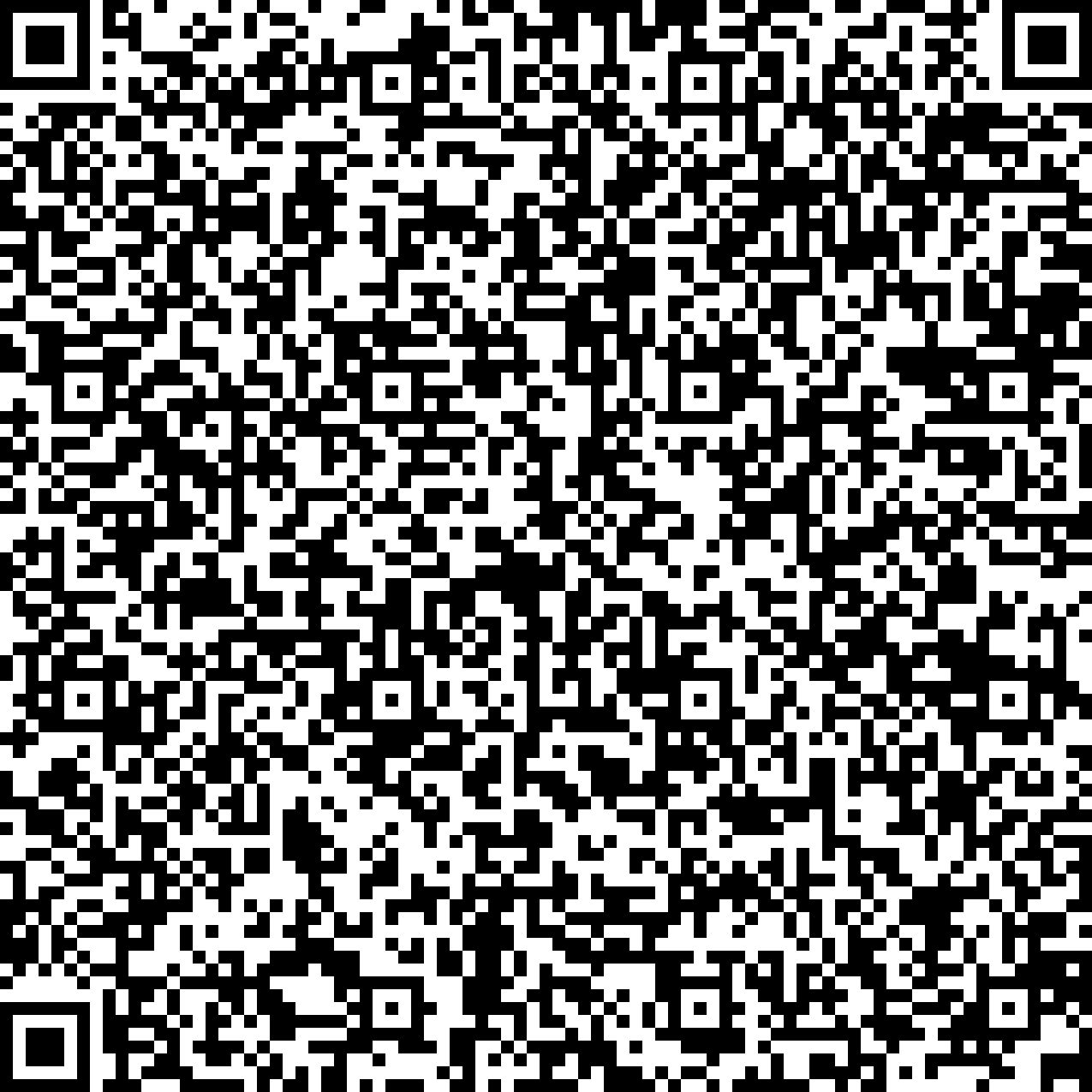


Machine Learning Potentials (MLPs) have revolutionized the simulation of complex material systems by offering high efficiency and accuracy. However, their reliability can be compromised when simulations explore configurations not well-represented in the training data. [1] In this presentation, I will then focus on how to assess the accuracy and precision of MLPs.
First I will define the concept of robust and non-robust extrapolation, and of transferability, in the context of machine learning potential validation and exploitation.
I will then discuss extrapolation metrics that enable to quantify the reliability of a MLP prediction. [2] Next, I will elaborate on how to estimate the uncertainty in MLPs predictions, and how to rigorously propagate the latter when estimating a physical observable from molecular dynamics sampling. [3].
I will conclude my talk with a reflection on: i) how uncertainty estimate and propagation is central to other machine learning for science application as well, ii) what our community can do to foster the development of workflows and models, which rigorously account for sources of error and uncertainties [4]
References:
[1] Nature Materials, 20, 750-761 (2021)
[2] Physical Review B 105 (16), 165141 (2022)
[3] The Journal of Chemical Physics 154 (7), 074102 (2021)
[4] https://www.cost.eu/actions/CA22154/



Machine Learning Potentials (MLPs) have revolutionized the simulation of complex material systems by offering high efficiency and accuracy. However, their reliability can be compromised when simulations explore configurations not well-represented in the training data. [1] In this presentation, I will then focus on how to assess the accuracy and precision of MLPs.
First I will define the concept of robust and non-robust extrapolation, and of transferability, in the context of machine learning potential validation and exploitation.
I will then discuss extrapolation metrics that enable to quantify the reliability of a MLP prediction. [2] Next, I will elaborate on how to estimate the uncertainty in MLPs predictions, and how to rigorously propagate the latter when estimating a physical observable from molecular dynamics sampling. [3].
I will conclude my talk with a reflection on: i) how uncertainty estimate and propagation is central to other machine learning for science application as well, ii) what our community can do to foster the development of workflows and models, which rigorously account for sources of error and uncertainties [4]
References:
[1] Nature Materials, 20, 750-761 (2021)
[2] Physical Review B 105 (16), 165141 (2022)
[3] The Journal of Chemical Physics 154 (7), 074102 (2021)
[4] https://www.cost.eu/actions/CA22154/